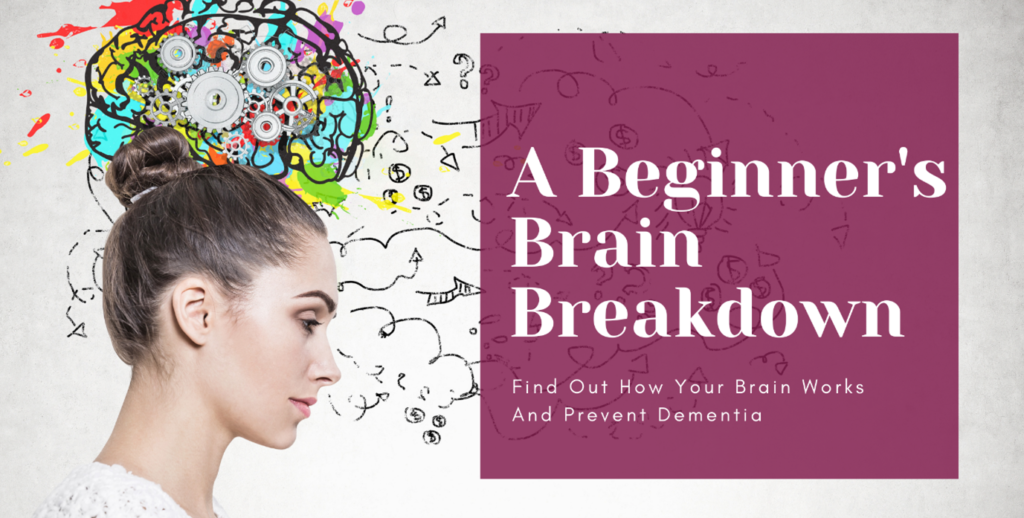
The terms dementia and Alzheimer’s are often used interchangeably but dementia is actually an umbrella term for up to 100 different types of disease, of which Alzheimer’ is just one of them. What’s more, a person can suffer from more than one form of dementia at any one time and that’s because our brain – though all connected – has different parts which all serve different functions.
The type of dementia a person suffers from depends upon which brain function has become impaired – that is, which part of the brain has become diseased. You can start to spot early signs of dementia or disease by identifying the impairments. The main parts of the brain and their functions are:
The Brain Stem
At the base of the brain, this area controls your automatic body functions such as heartbeat and breathing.
The Cerebellum
Is responsible for your balance and posture
The Limbic System
Lies deep inside the brain, includes the hippocampus (the key to your memory) and the amygdala (which plays a role in your emotional health)
The Cerebrum
Compromises the cerebral hemispheres that make up three quarters of the whole brain. The cerebrum is responsible for consciousness, memory, reasoning, language, and social skills. The left cerebral hemisphere is responsible for language; while the right governs our understanding of where we are in relation to the things around us.
The Cortex
Is a thin layer of grey matter covering the cerebrum and containing billions of brain cells. Beneath the grey matter of the cortex is white matter, which is made up of bundles of nerve fibres. These fibres transport nerve signals between parts of the cortex and from the cortex to other parts of the brain.
The Lobes
Which are located in the cerebrum. There are four lobes in each cerebral hemisphere (right and left) with each one having its own vital role to play, as well as working in conjunction with the other lobes:
The Occipital Lobe – at the back of the brain deals with visual information
The Parietal Lobe – in the upper rear part of the cerebrum, handles information from your other senses and enables you to know how to pick up a fork to eat with, or to put one leg in front of the other to walk. You use your left parietal lobe to read, write and process numbers while your right parietal lobe helps you recognise objects as being three-dimensional.
The Temporal Lobe – on either side of your brain (near your temples), these are themselves divided into sections that govern different brain functions including the hippocampus (crucial for forming new memories) which lies inside the temporal lobes, as well as the outer part of the temporal lobe which is where you store your general knowledge or semantic memory. Again, within the semantic memory, the different sides of the brain (left and right) have different functions. The left side stores facts, word meanings and names of objects while the right stores the visual memories that help you recognise familiar faces and objects.
The Frontal Lobe – forms the large and complex management centre of your brain, helping you to solve problems and make decisions. You use this management centre to follow the steps of a familiar task as well as it helping to keep you focused to complete the task, learn a new one or develop complex skills until they become automatic – like learning to drive.
The reason it’s important to recognise the different areas of the brain, especially when it comes to dementia, is you can notice when something is not quite right with a particular function; for example, if your memory is not what it used to be or if you are feeling more reluctant to engage with life or socialising.
Frontotemporal dementia is the second most common cause of dementia in the under 65’s, but less common in older people. This is caused when abnormal proteins prevent the brain cells from communicating with each other as they should. One-third of cases are thought to be genetic. Symptoms may include personality changes, repetitive behaviour, changes in appetite and difficulties with decision making, problem-solving and concentration.
This form of dementia may be confused with depression, psychosis, or obsessive-compulsive behaviour.
As a nutrition clinic, the aspect of self-care in preventing dementia we are most interested in is, of course, diet – and we believe that what you eat can have a huge impact on the health of your brain.






